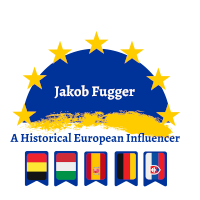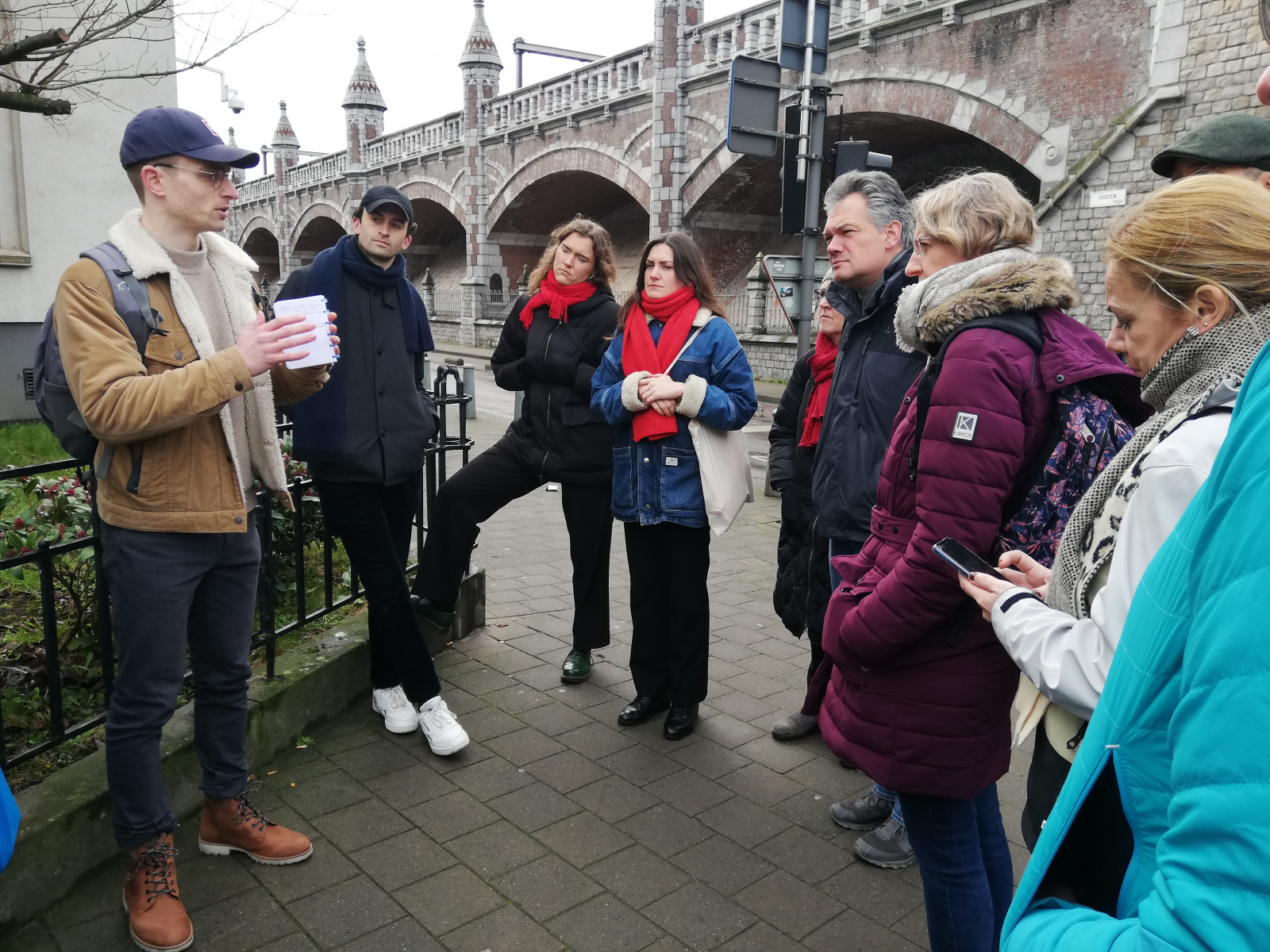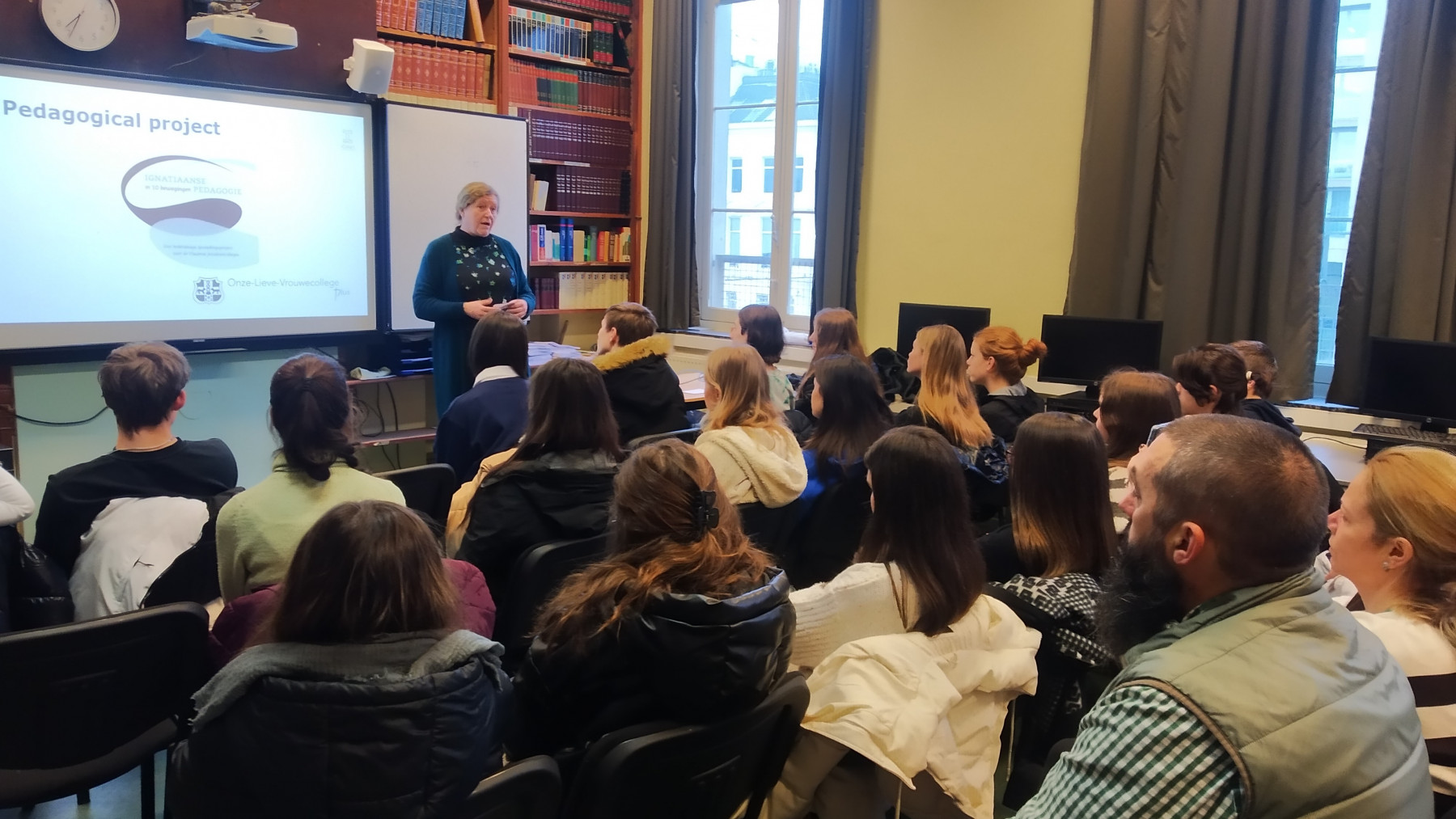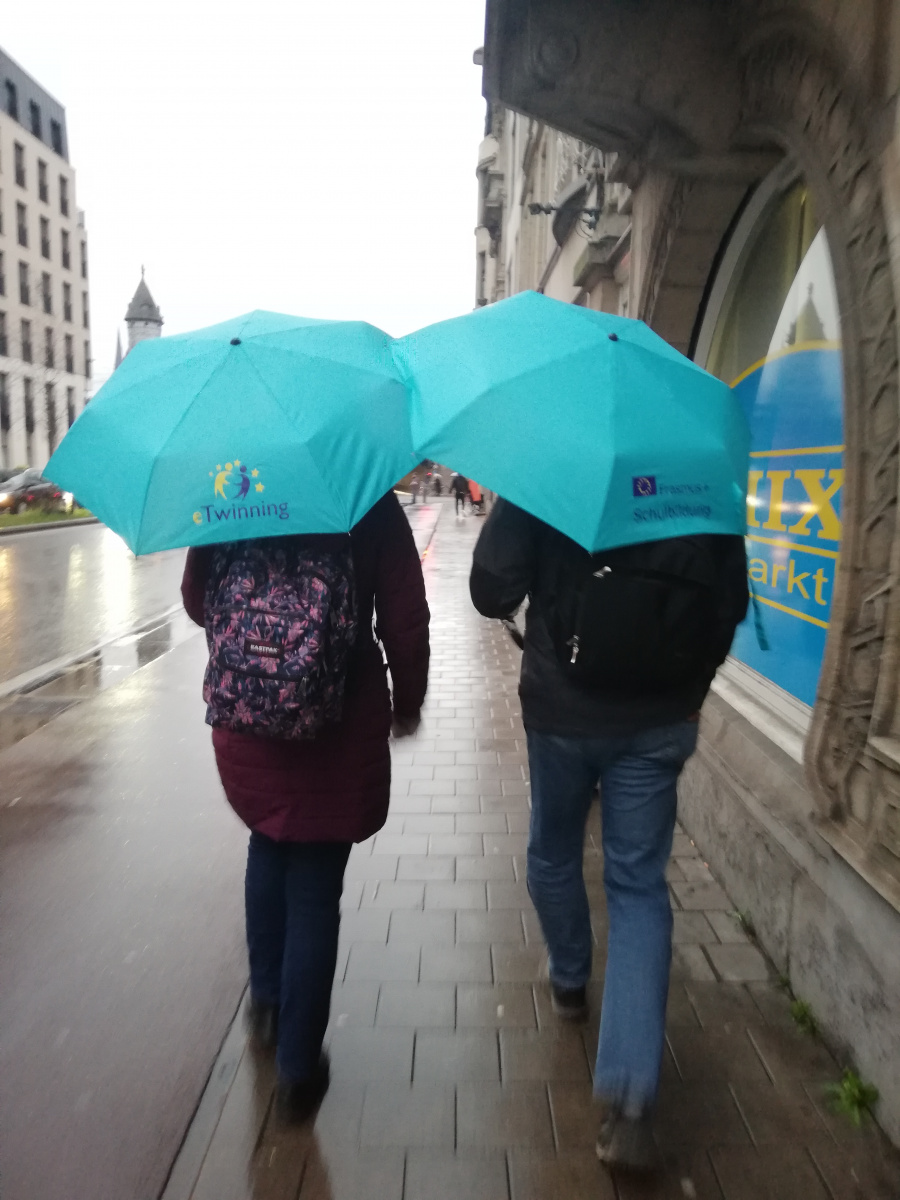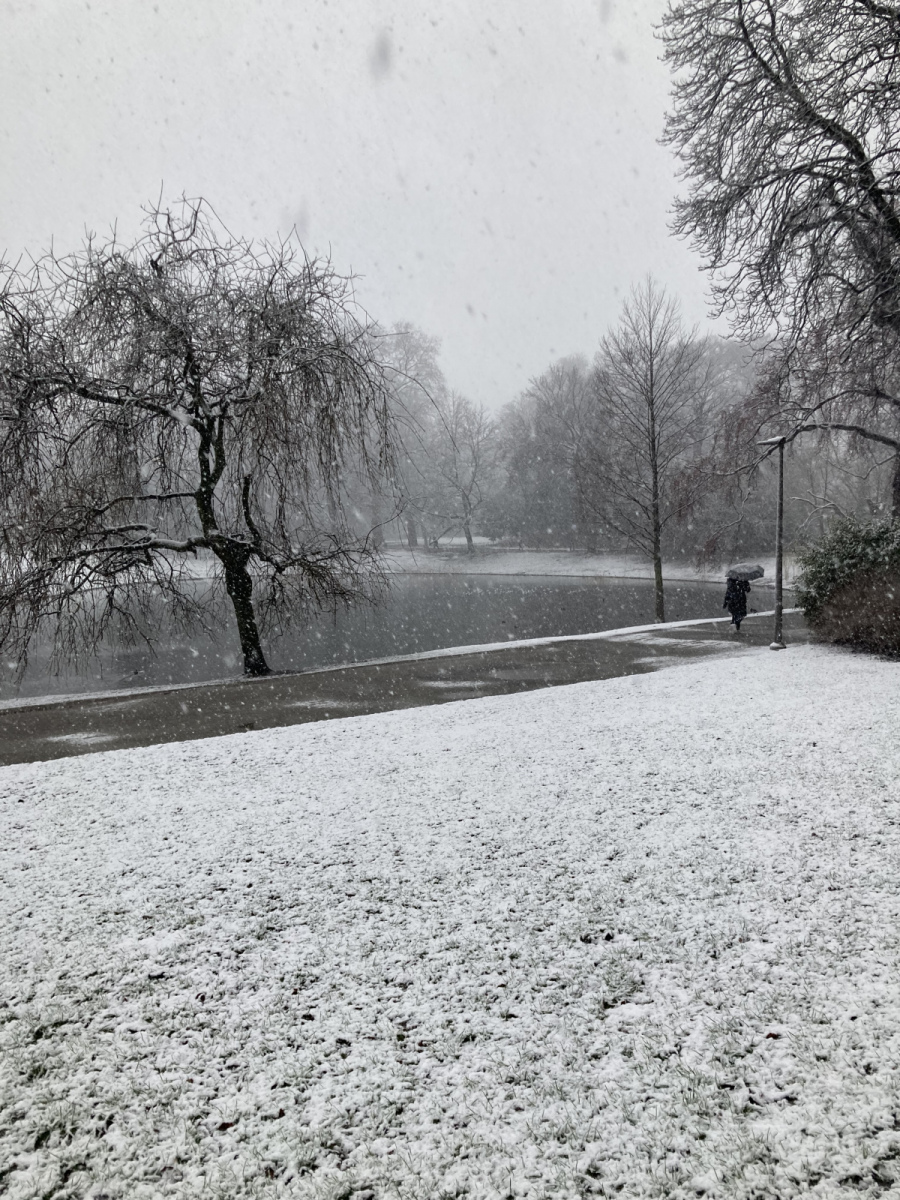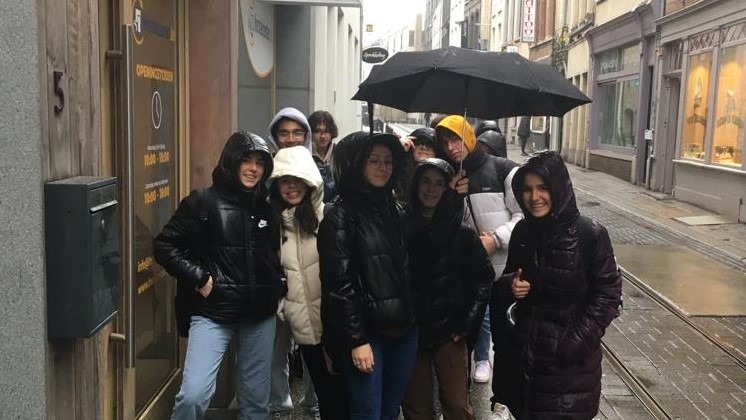On Saturday, 4 March, the guests from Germany, Italy, Spain and Slovakia arrived in Antwerp. The «railway cathedral» left a deep impression on everyone. Some students were happy to see each other again after previous mobility. Others looked forward to meeting each other in real life for the first time. The evening was spent with host families.
On Sunday, 5 March, the morning was also reserved for a family reunion. In the afternoon, everyone gathered at the school to get to know each other better through the introductory games. The tone was set right away with the first exercise, where everyone could show off their talent for drawing. Speed dating also proved to be a successful formula. The day ended with a pizza buffet, after which everyone went home full of expectations for the week ahead.
On Monday, 6 March, the guests were welcomed by Principal Cécile Veraert, who introduced them to the rich tradition of Onze-Lieve-Vrouwecollege plus (College of Our Lady plus) and gave a brief introduction to the Ignatian Education Project.
The group went to the Steen then, the city castle, where everyone got to know Antwerp for the first time through the interactive exhibition – The History of Antwerp. This exhibition offered new insights into the city, even for the Antwerp students. The group enjoyed the breathtaking view from the Ferris wheel then. After lunch at Komida, the student restaurant at the UA City Campus, it was time to explore the city further. The students of 6ECMT prepared a city tour for the students and showed them different beautiful facets of the metropolis. Special attention was given to the Handelsbeurs and the Beguinage. The concept of a beguinage must have been on Jakob Fugger’s mind when planning his Fuggerei. During the walk, the group paid attention to other German merchant families of the 19th century who returned to Antwerp after the reopening of the Scheldt (1863) and contributed to the development of the port and cultural life of the city.
The highlight of the day was the exclusive evening visit to the cathedral. Pastor Bart Paepen welcomed the group and explained the concept of a Gothic church: harmony and light are key concepts. In the church hall, everyone was impressed by the stunning organ playing of organist Peter Van de Velde. The guests had an exclusive visit to the small tower of the cathedral, followed by a guided tour of this imaginative building. They marvelled at Rubens’ masterpieces, learnt the story of Nello and Patrache, and finally admired the stained glass window depicting the Conversion of St Paul, donated to the Cathedral by Anton Fugger, the only remaining tangible evidence of the presence of the Fugger dynasty in Antwerp.
On Tuesday morning, 7 March, the guests were given a tour of the school by 3EWb. This was followed by a video conference with Umicore. One of the many results of the teachers’ training in Banska Bystrica was that ores from the region were transported to Hoboken to extract the more precious metals. The virtual tour was organised because it was impossible to visit the site for security reasons. The organisers used questions submitted in advance. The Umicore company known as Union Minière specialised mainly in mining, shifted its market activities to precious metals recycling. Now it is one of the greatest players in the world. Old computers and mobile phones from the recycling parks are sent to the plant, where the plastic is separated from the metal. In the end, a 10-tonne container filled with computers or mobile phones can easily yield 1kg of pure gold, in addition to rhodium, platinum, silver and palladium (market value easily €50,000).
In the afternoon, the group headed to the Mariënborgh sports centre, the school’s outdoor campus, for the College Cross, a run for several good causes. Not only the students of Onze-Lieve-Vrouwecollege Plus but also guests from all over Europe braved the rain and wind and showed their running talents! The students enjoyed a pleasant get-together with their host families in the evening.
On Wednesday, 8 March, it was time to discuss the importance of the Port of Antwerp. Students from 6ECMT had prepared presentations on the following topics:
- How did Jakob Fugger build his empire? How did he become the wealthiest man in the world?
- Which techniques are used today to make money? Which of these techniques should we consider? Which lessons should we learn?
- What were the trade routes at the time of Jakob Fugger like? What are those routes like today and what will they be like in the future?
- What role did the port of Antwerp play in Fugger’s time? What evolution has it been through since then? Which challenges does it face today?
- Mines in Europe have been or are being closed. At first sight, we no longer have any problems with this mining operation, but where do the raw materials, which we still desperately need, come from?
After these presentations, Eliene Van Aken of Alfaport, who enthusiastically and clearly answered all the questions, sometimes critical from the audience, joined the group for an interview. The video of this interview can be found here. The group was now sufficiently informed to explore the port of Antwerp the following day. In the afternoon, the students enjoyed some free time. Some of them got lost in the wonders of the Chocolate Museum. The project group met in Queen Elisabeth Hall, celebrating its 125th anniversary this year in the evening. Concert organiser Cofena treated the participants to musical wonders by Mozart and Beethoven. People were impressed by the building and in awe of the heavenly music.
On Thursday, 9 March, the weather gods were again not in favour, but the group was not deterred and took the waterbus to Lillo. On the way, the group got a first-hand look at the hustle and bustle of the port: After passing the Steen – the site of the old city harbour as it was used in the time of Jakob Fugger and the following centuries – the group passed the Port House and then numerous chemical companies such as 3M, Total Energies, Exxon, Katoennatie, Bayer and many others. Many docks later, we moored briefly in Kallo before finally getting out to the polder village of Lillo, from where we could clearly see Doel’s cooling towers. After a brief visit to the gunpowder magazine built by Napoleon, a few lost students were picked up on the way back. In what remains of the polder village of Lillo-Fort, you can experience first-hand how the expansion of the port is endangering the quality of life for people and animals; in bliss, you think you are in an idyll until you stand on the ramparts and the infernal noise hits you. Back in the city, the group headed for Eilandje. Some students braved the rain and went to the roof of the MAS to enjoy the city view during lunch. Afterwards, the Red Star Line Museum was on the agenda, which tells another important story from Antwerp’s rich history, that of the emigrants to the New World, mainly from Eastern Europe, but also from Belgium, in the hope of starting a new and better life. But the journey was exhausting, not least because of the medical checks, which often led to human tragedies if you had to travel in third class (as most did). The visit gave the students food for thought and inspiration for the workshop the following day. After the visit, the weather was kind for a while, allowing the students to explore the dry island further with a quiz on the Actionbound app.
Everyone then returned to the school to prepare for the Fugger Forum. Two keynote speakers addressed the audience during this presentation, which could be followed via live stream. The first was Professor G. Marnef, who spoke about Antwerp in the Jakob Fugger time. He emphasised that thanks to people like Fugger, the city became the largest port in Europe in the 16th century. He was followed by a short speech by L. Van Looveren, a VOKA delegate, who stressed the importance of our port in the 21st century. Antwerp is and will remain the engine of Flanders, generating almost 200,000 jobs and a massive turnover.
Students from Augsburg, Almadén, Banská Bystrica, and Sterzing then informed the audience about the traces of Jakob Fugger in their cities and region. During the closing reception, guests and visitors continued to exchange views on all the information shared.
On Friday, 10 March, fortunately, a public transport strike failed to disrupt the lesson. Using the poem «A Minimum» by the city’s poet Ramsey Nasr, the students explored what a person needs as a minimum to survive in their country. Their work resulted in a video message, which can be seen on the website. In the afternoon, the group was welcomed to the town hall by the deputy mayor, Nabilla Aid Daoud, followed by a speech from the headmistress, Cécile Veraert. A tour of the so-called «Beautiful Etage» was offered at the end of the day. The group was divided into three groups, and three guides showed them the briefcase in which the original town charter was kept. After some spontaneous marriages between students in the wedding hall (ring and kiss and all-inclusive), the group visited the Council Chamber, where all political decisions have been taken since 1221, and learned the history of the Olympic flag, which returned to the city after almost 100 years. The project group came together for the week’s final event in the evening. During the evaluation round, the students were able to compliment each other. Certificates were awarded, and the evening was rounded off with a delicious dessert buffet and dancing.
On Saturday,11 March, the foreign guests returned home tired but immensely enriched.
A project like this shows how important it is for young people to be able to meet, connect and make real friendships for the rest of their lives. We are grateful to the EU for providing funds for these extraordinary meetings.
